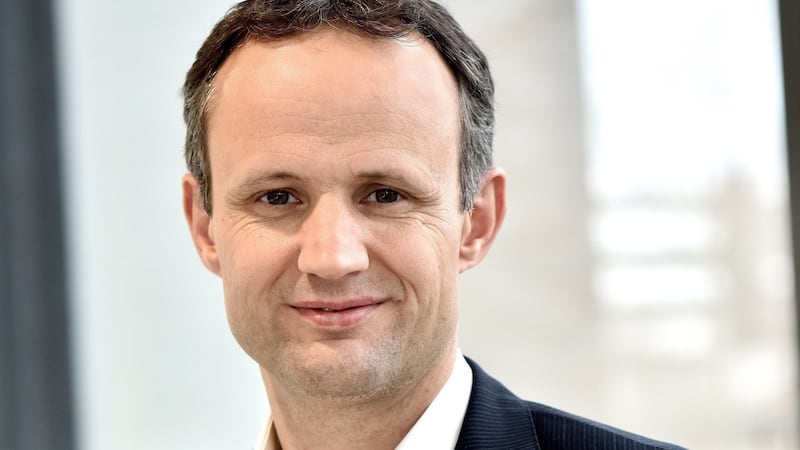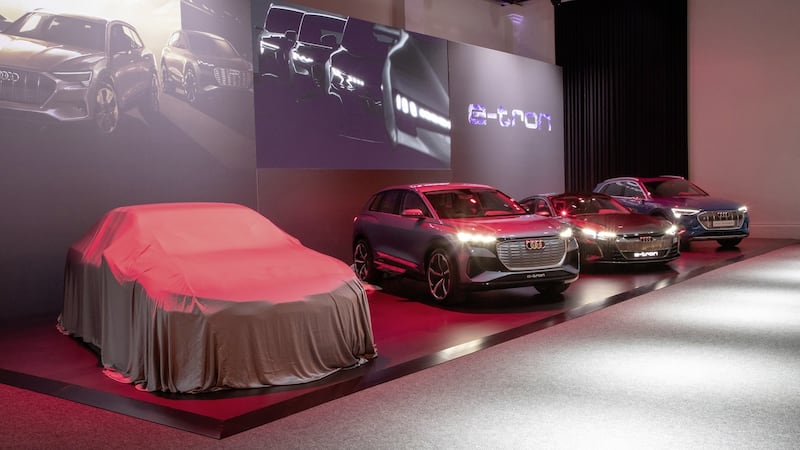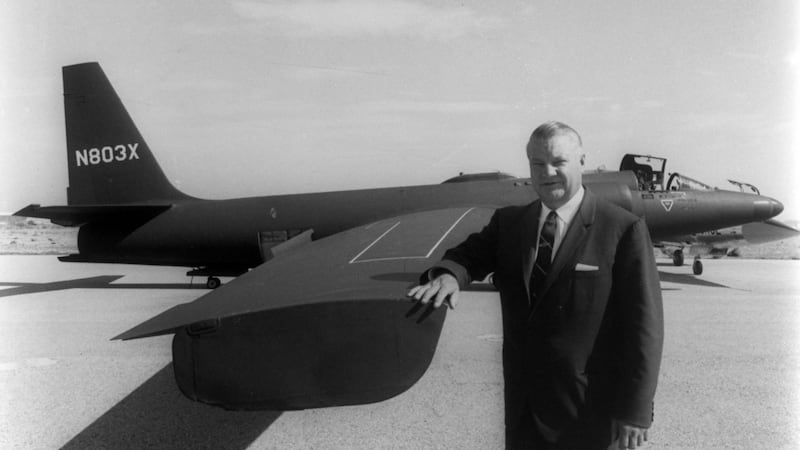Elon Musk often claims that Tesla was never really set up to make money from selling electric cars, but to spur other car-makers to greater efforts and to drive forward the development of battery power. Well, on both points Tesla can be considered a success – it still struggles to turn a profit in spite of being the most recognisable name in electric cars, and it has most definitely given the world’s major car-makers a serious kick in the pants.
The greatest proof of that is that those very same car-makers, many of whom have been in business for a century or more, are now racing not merely to launch vehicles with which to compete with Tesla’s lineup, but to emulate the very core practices of Tesla, and other innovative Silicon Valley companies.
The agility that comes with being a start-up is currently seen as key to developing new electric cars and bringing them quickly to the market.
One such is Audi, which has recently established a new group called Project Artemis. Named for the Greek goddess of hunting (should Tesla be scared?), Artemis is designed to be a “skunkworks” within the Audi corporate monolith, able to move more quickly, respond to changes, and to speed up product design and development.
Indeed, for Artemis’ head honcho, Audi has turned not to yet another corporate suit but to Alex Hitzinger, whose experience lies not in car-making but in the fast-moving (literally and figuratively) world of motorsports.
Development engineer
Hitzinger started his automotive career as a development engineer at Toyota Motorsport. At Ford-Cosworth he was the youngest chief development engineer in Formula 1. Under his leadership the first Formula 1 engine with an RPM limit of up to 20,000RPM was created in 2006.
Having worked with Red Bull Technology, Hitzinger joined the Volkswagen Group for the first time and built up the highly successful motorsport team at Porsche that won the 24 Hours of Le Mans and the Endurance World Championship from 2015 to 2017.
He then spent three years at Apple in Silicon Valley, where he set up and managed product development for autonomous vehicles, Hitzinger returned to the Volkswagen Group in 2019 to develop autonomous driving and the electric ID.Buzz project at VW Commercial Vehicles.
“I value Alex Hitzinger for his strengths in innovation and implementation. We need both qualities to make major technological advances,” stated Audi’s chief executive Markus Duesmann, who also has overall responsibility for research and development at the Volkswagen Group.
“I am also relying on his expertise to integrate future achievements into new products, together with the development departments of our major group brands. In the medium term I expect Artemis to provide a blueprint for a fast and agile development process at the group, as agile as in a racing team.”

Will Hitzinger’s motorsport experience be of major benefit? After all, most big Silicon Valley companies, aside from occasional dalliances with sponsorship, generally don’t set much store in racing circles.
“At Audi the experience from motorsport has always been a fantastic boost for many projects and for the mindset of the engineers – in terms of quick decisions, high speed in further developing technologies, and, of course, working in permanent competition” Josef Schlossmacher, press manager for Audi told The Irish Times.
“Please understand that it is a bit too early to talk about the details of Artemis’ first projects. However, we are following a holistic approach to e-vehicle projects that are already defined – Artemis will be responsible for the entire technology architecture inside and outside the car, drawing on the expertise and resources of the development departments throughout the group.”
Secrecy
While Artemis remains shrouded in secrecy, some details are now beginning to emerge, such as that it’s going to develop an entirely new family of software systems, ranging from in-car entertainment to autonomous driving and shared ownership setups, and will be twinned with a similar project at Volkswagen dubbed Project Trinity.
It’s not just about binary code, though – there are rumours that its first project will be a range-topping luxury electric saloon, possibly badged A9 e-Tron. Apparently the plan is to take the styling of the Ai:Con concept car, and turn it into an A7-sized luxury coupé with the cabin space of an A8 saloon.
While Schlossmacher certainly wasn’t going to confirm that for us, he was happy to talk about that which is most important to the Artemis team.
“Just one keyword – range, one of the decisive factors for every decision to buy an electric vehicle” he said. “We want to develop a highly-efficient electric car. To achieve this we will look not only at battery capacity, but also focus on numerous other parameters to make electric mobility suitable for everyday use. We will also work on the charging infrastructure, partnerships with providers, fast-charging options and user-friendliness.
“We already have the first generation of electric cars on the road – our e-Tron family. Looking at them you will know immediately that you see an Audi, and driving one should finally tell you that each detail, like the steering feedback as well as the driving behaviour, was developed by Audi engineers.

Just think about the Audi e-Tron S with the torque vectoring system for the drivetrain – the translation of quattro into the age of electric mobility. And believe me, our engineering and design team will continue to work hard on keeping the typical Audi look and feel in the future.”
Quality rating
Is the “move fast and break things” model of Silicon Valley the right one for big car-makers to follow?
That remains to be seen, not least given recent publicity of the wrong sort for Tesla. The company has seen a dreadful initial quality rating from motor industry experts JD Power, and has been legally castigated in Germany for miss-selling its electronic driver aids tech as being self-driving.
Silicon Valley companies often use their customers, essentially, as beta-testers, which is fine if the problem might be glitchy software for your smartphone, but is rather less fine if we’re talking major safety systems for a new car.
Tesla’s lousy quality rating is perhaps less of a surprise when you remember the story of the McLaren F1 supercar of the 1990s. Designer Gordon Murray averred that the hardest part of that project was not creating a 612hp BMW V12 engine, nor a racing-spec carbon-fibre chassis and body, but rather the supposedly mundane task of getting the door seals to keep the rain out. So-called legacy car-makers may not have the speed of response expected of a San Francisco startup, but they are pretty good at the workaday aspects of making high-quality cars.

Perhaps then the combo of fast-response special forces within a major corporate structure is the right one. Ford established the so-called Project Edison team to head up development of the new Mustang Mach-E electric SUV, and that car’s development director, Darren Palmer, is in no doubt about the efficacy of the idea.
“It’s opened our eyes to a whole new Ford. The stakes are high. The challenge higher. We are being tasked to set the future trajectory of the company,” wrote Palmer. “It’s the shift in mindset that is truly creating change at Ford, and giving licence to the team to operate in a completely different way.
“Change doesn’t happen overnight, but for our team, things are moving quickly. The team is cross-functional, and on any given day you can find yourself sitting next to someone working to market our electric vehicles, someone looking at the profit potential of our electric vehicles, or be on a coffee break with someone involved in our charging strategy.”
Corporate monolith
While Silicon Valley might trumpet its superiority over the legacy car-makers it’s worth remembering that the model of agile decision-making comes not from recent tech companies but from the corporate monolith that is Lockheed Aviation.
Back in 1943 Lockheed’s head of advanced developments, Clarence Kelly Johnson, realised that to meet the US army/air force’s requirement for a jet fighter he needed a team of people who could not just think outside the box, but could think of a whole new box in which to do that thinking.
The “skunkworks” (officially known as the Lockheed Advanced Development Projects Office) would not only develop America’s first operational jet fighter (the P-80 Shooting Star) but would go on to make the famed SR-71 Blackbird spy plane.
The Blackbird was not only built in total secrecy but is still officially the fastest aircraft of all time (three times the speed of sound), was built out of titanium bought and essentially smuggled out of the very Soviet Union on which it was designed to spy, and even needed its own bespoke jet fuel.
If Ford and Audi and others can grab hold of that kind of rapid-development tiger, and mix it with their own, existing, production expertise, then Tesla should be very worried indeed.










